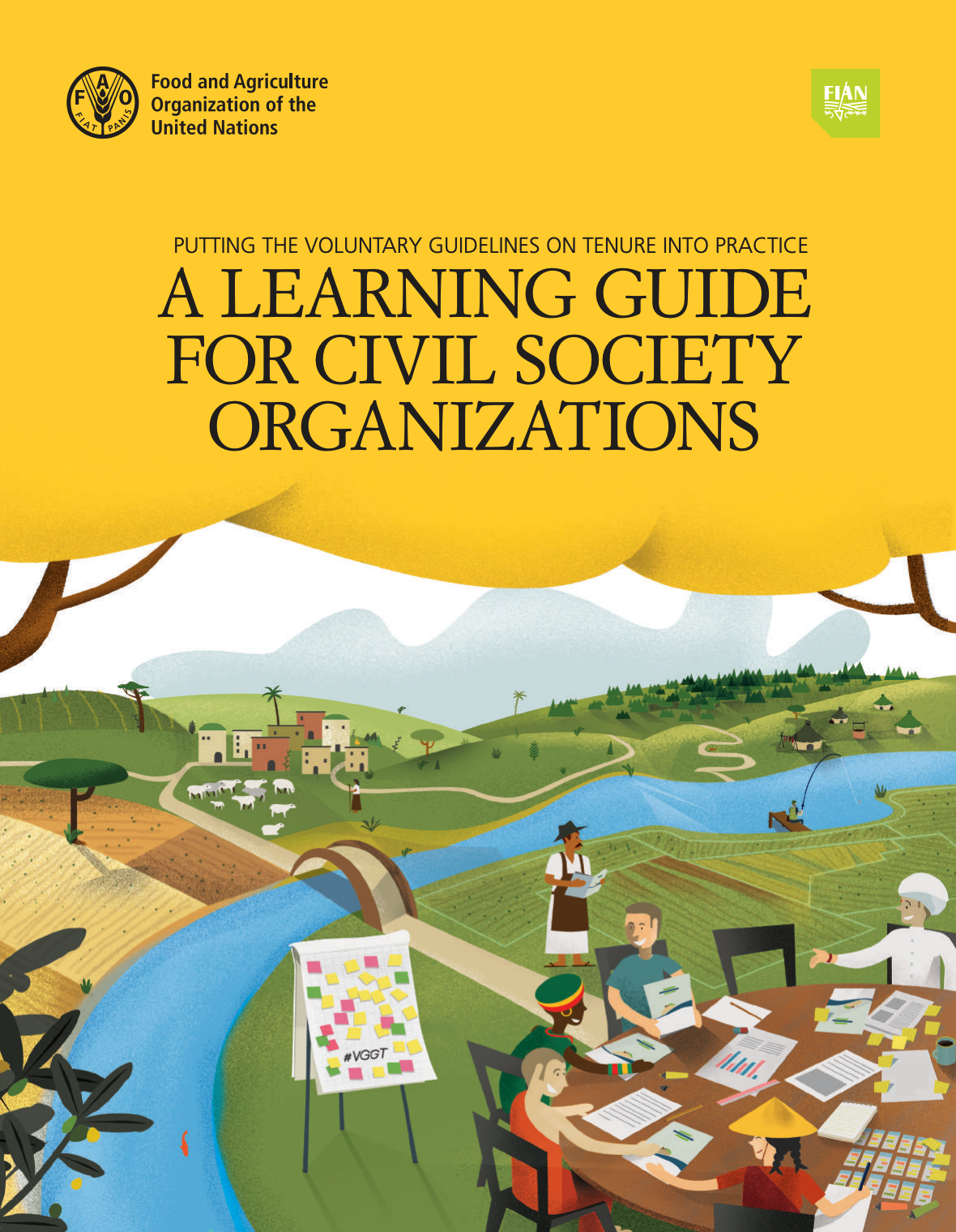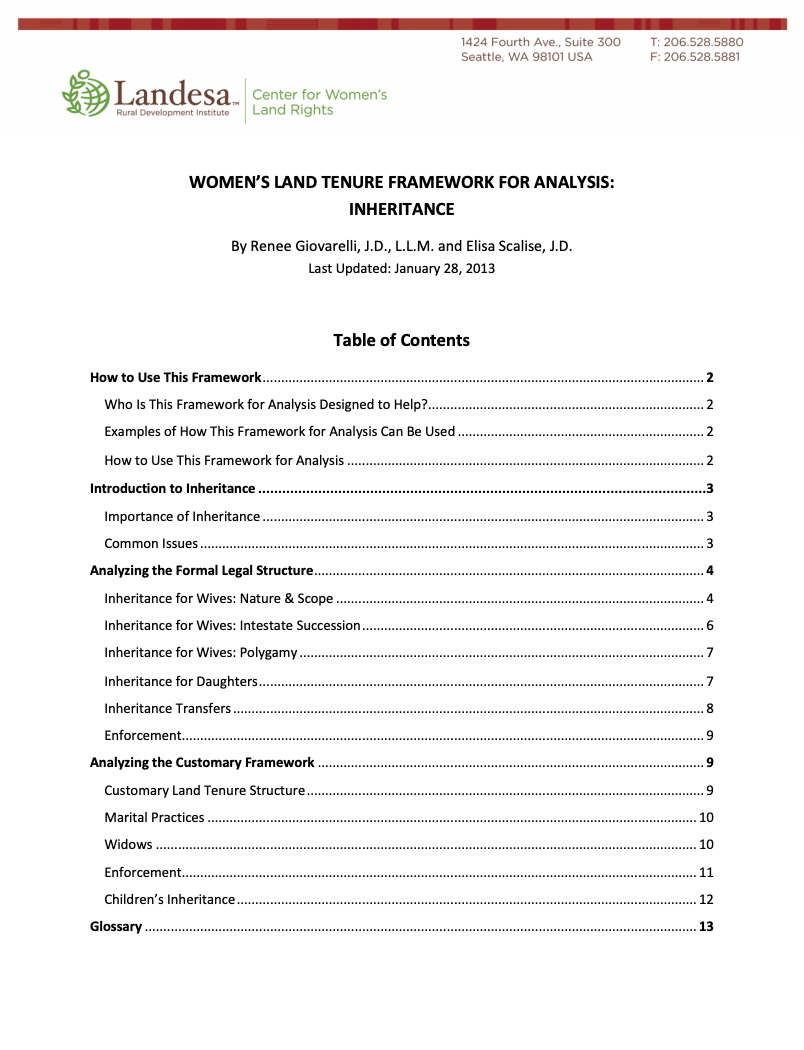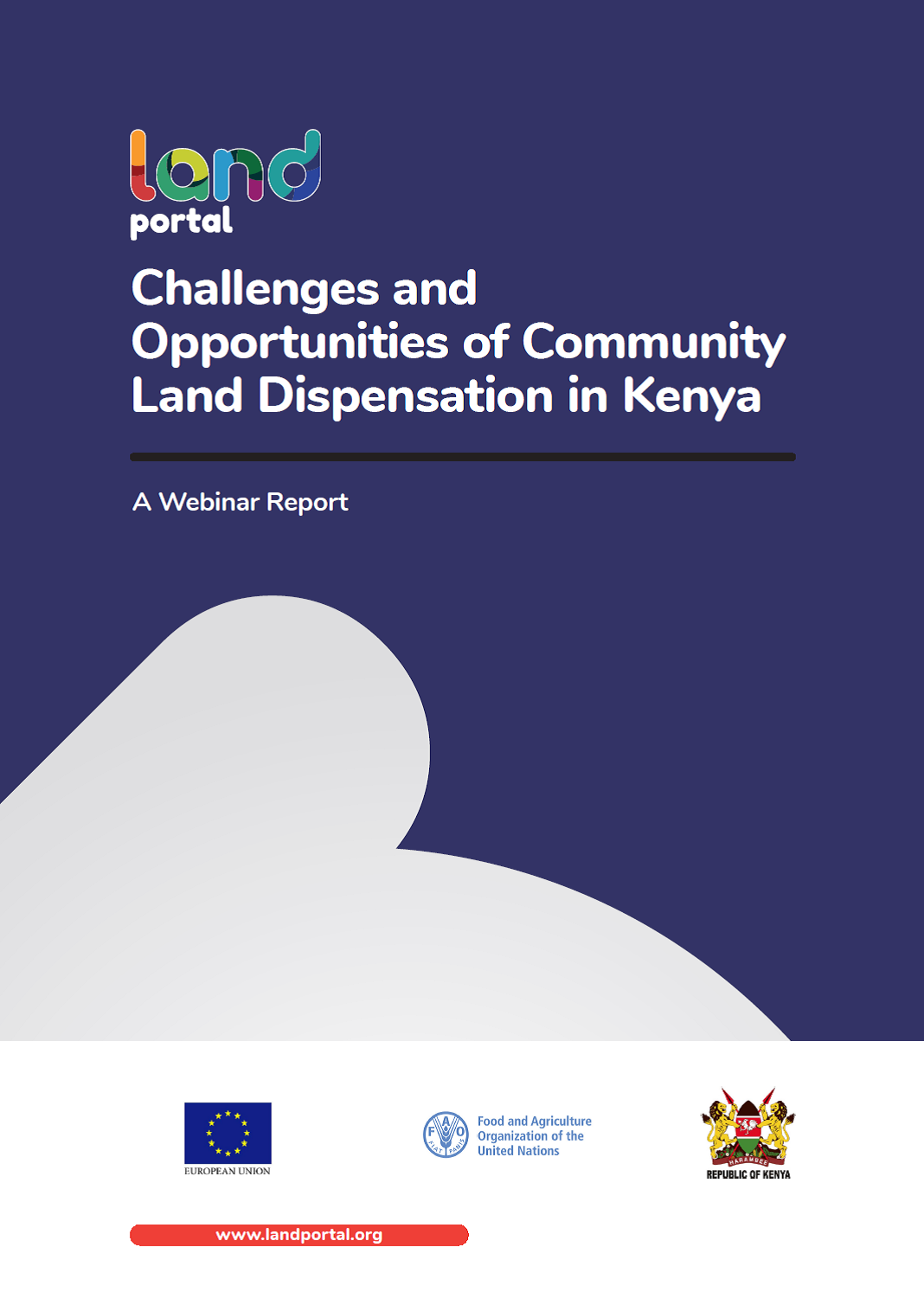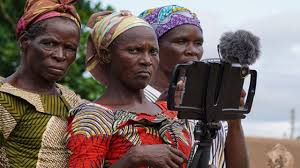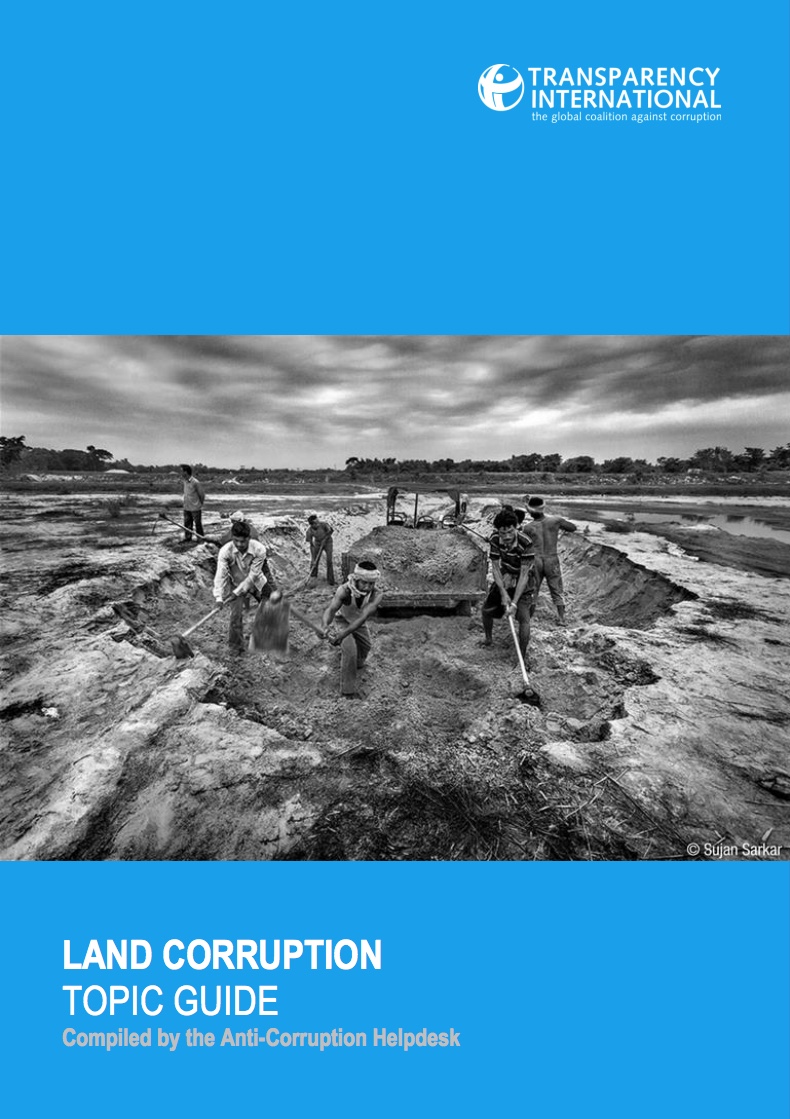Putting the Voluntary Guidelines into Practice: A Learning Guide for Civil Society Organizations
This learning guide provides civil society organizations (CSOs) with a methodology and a set of materials to undertake training on the VGGT with civil society actors from the grassroots to the national level. Trainees will learn how to apply the VGGT to actual tenure governance challenges.

